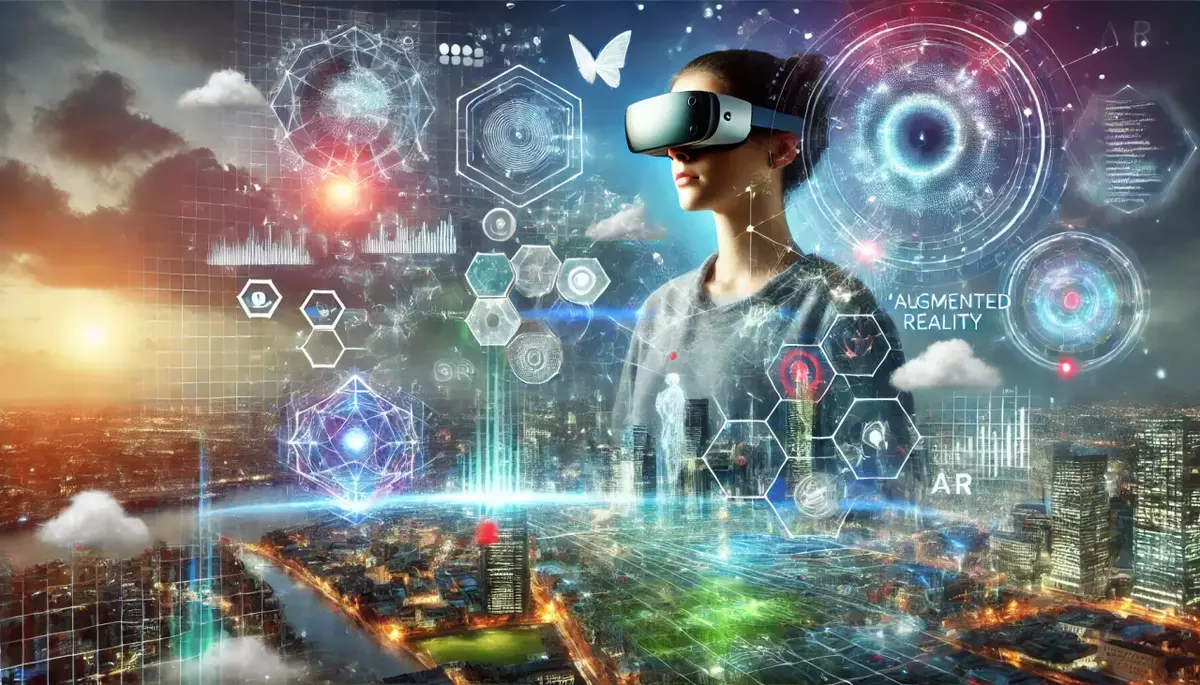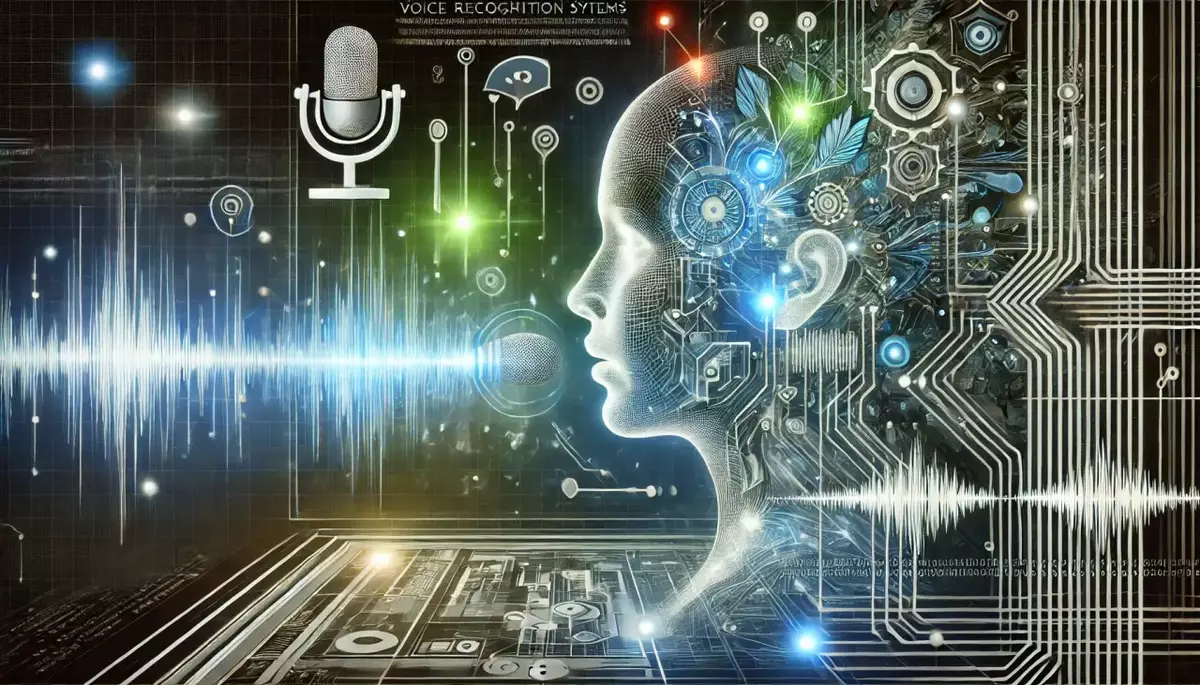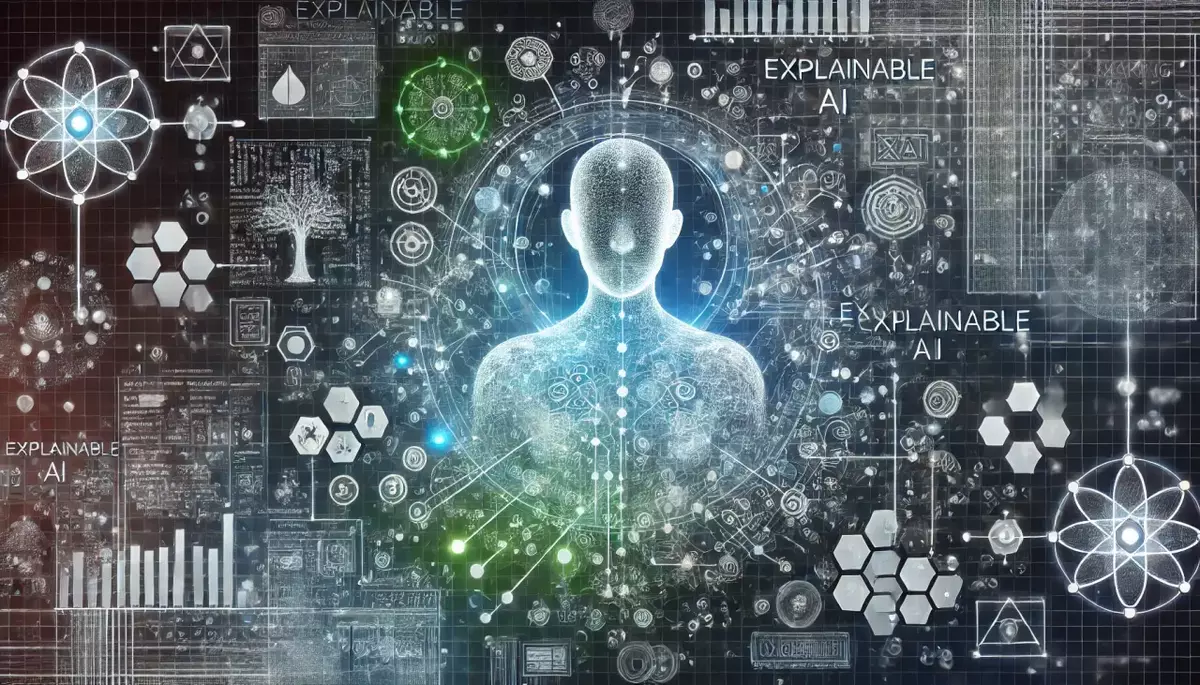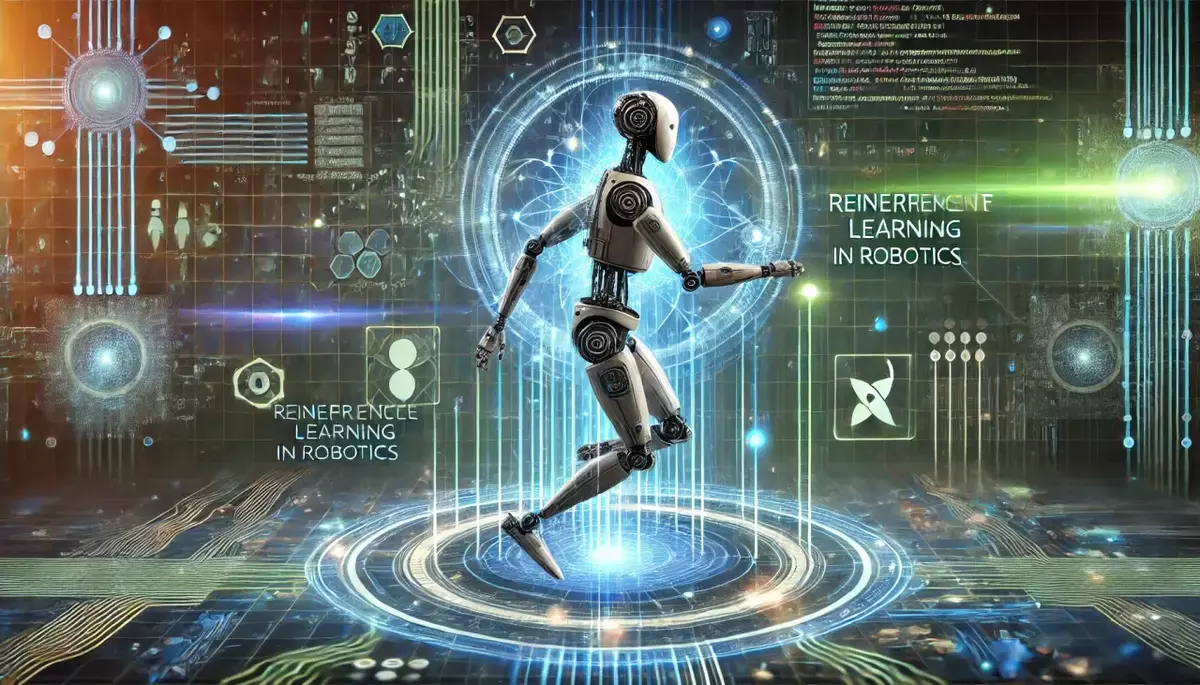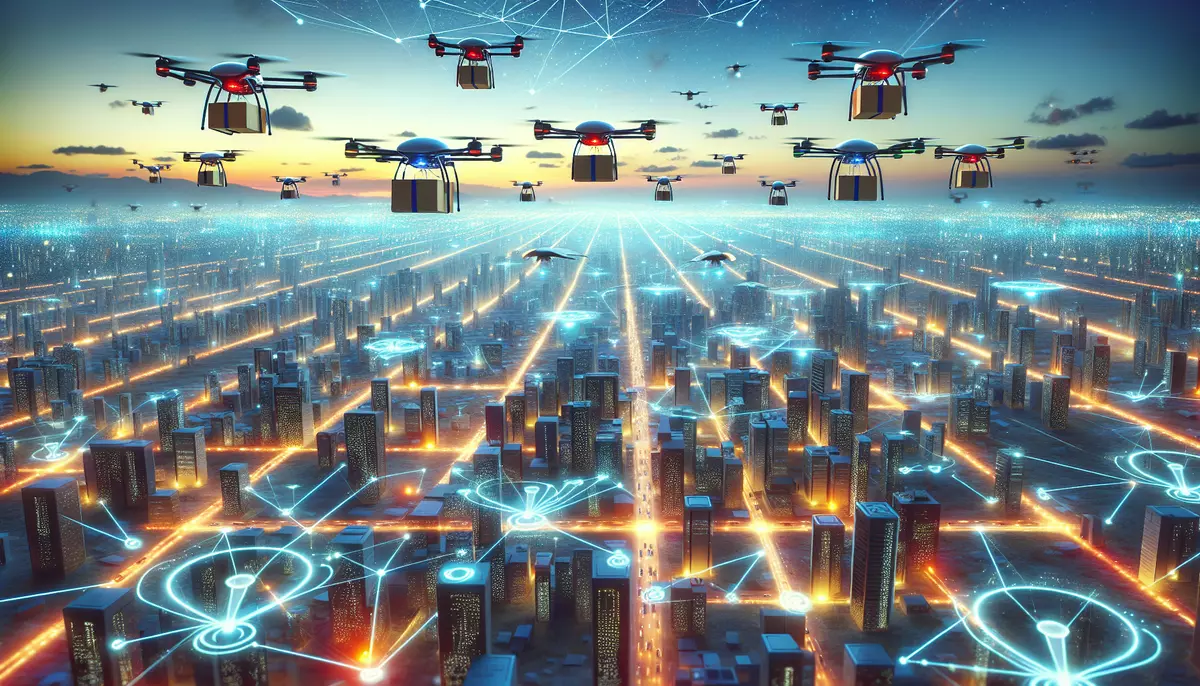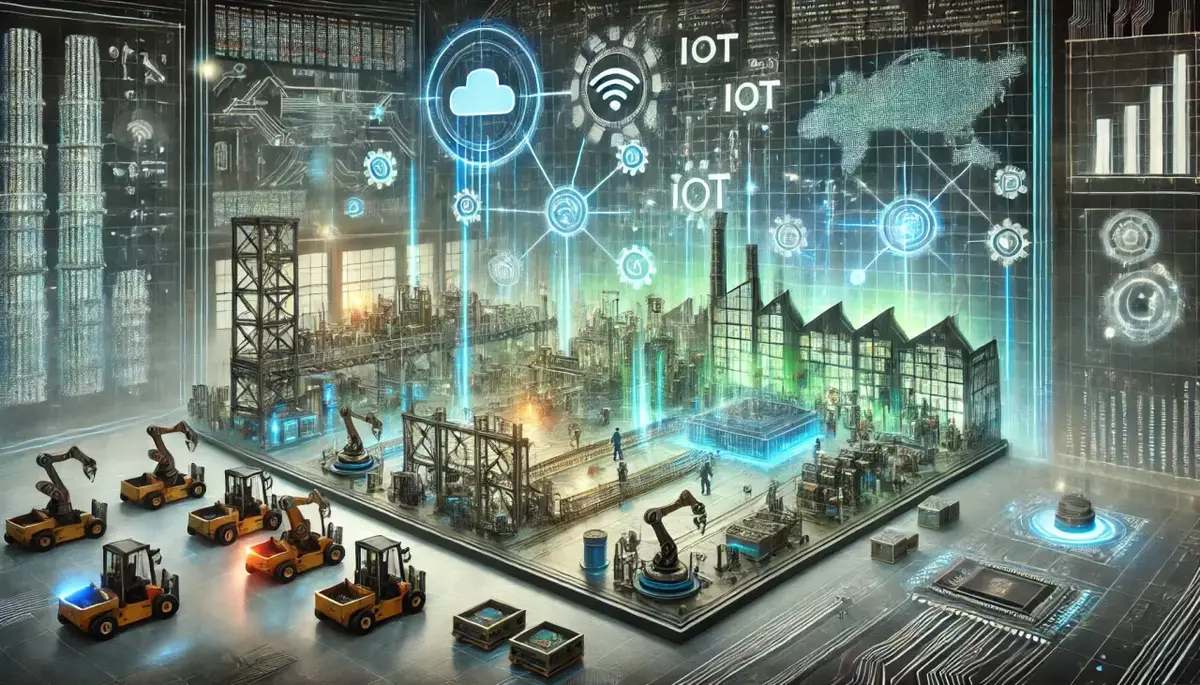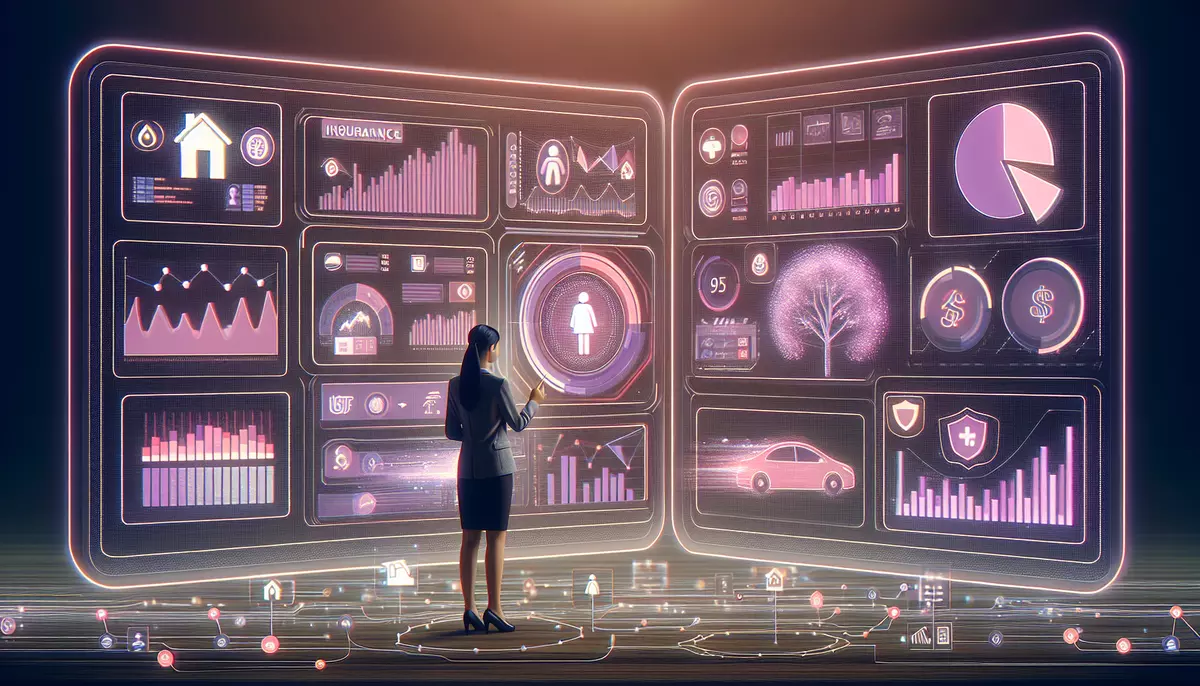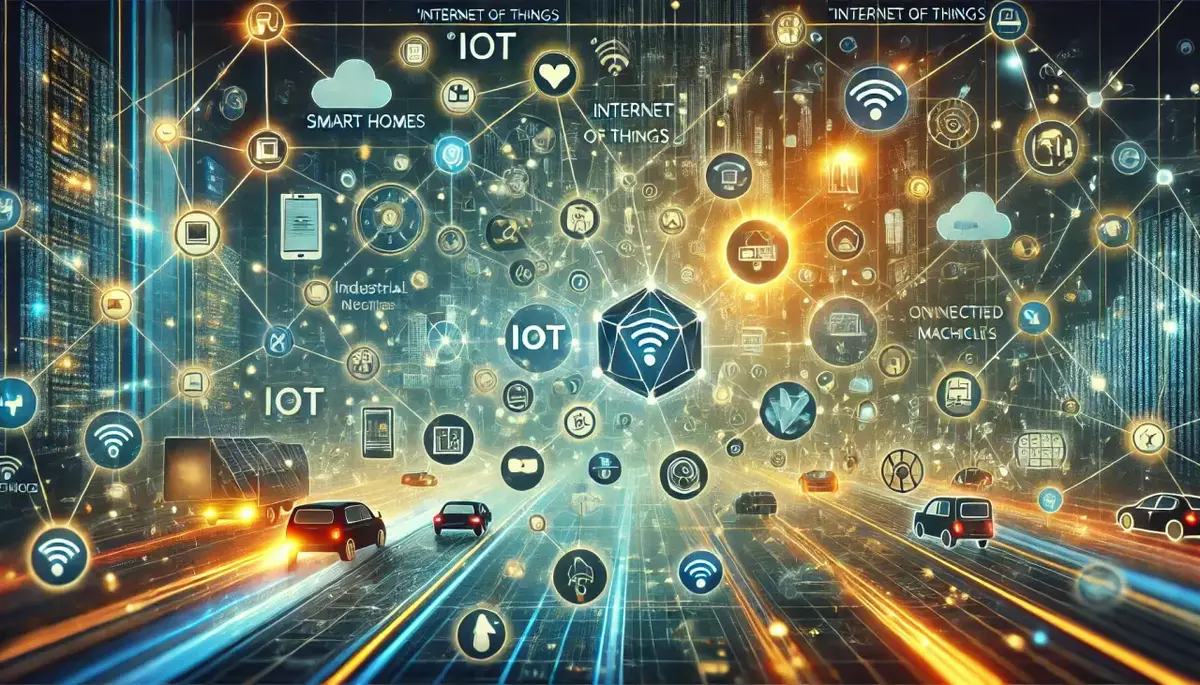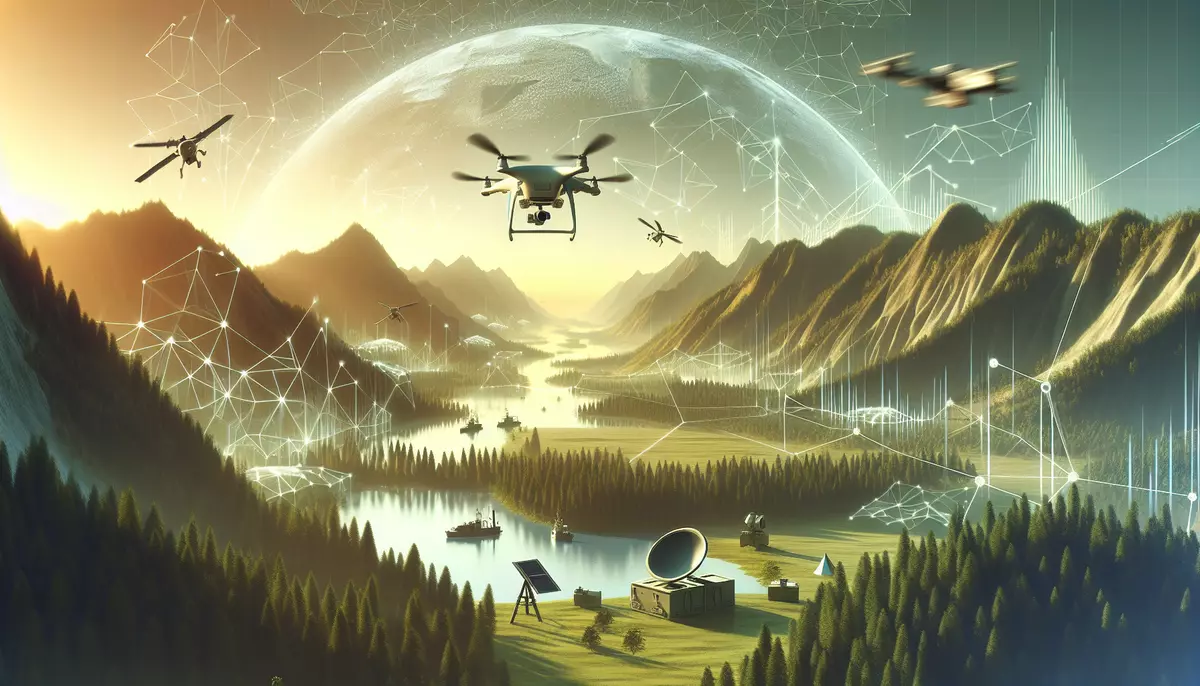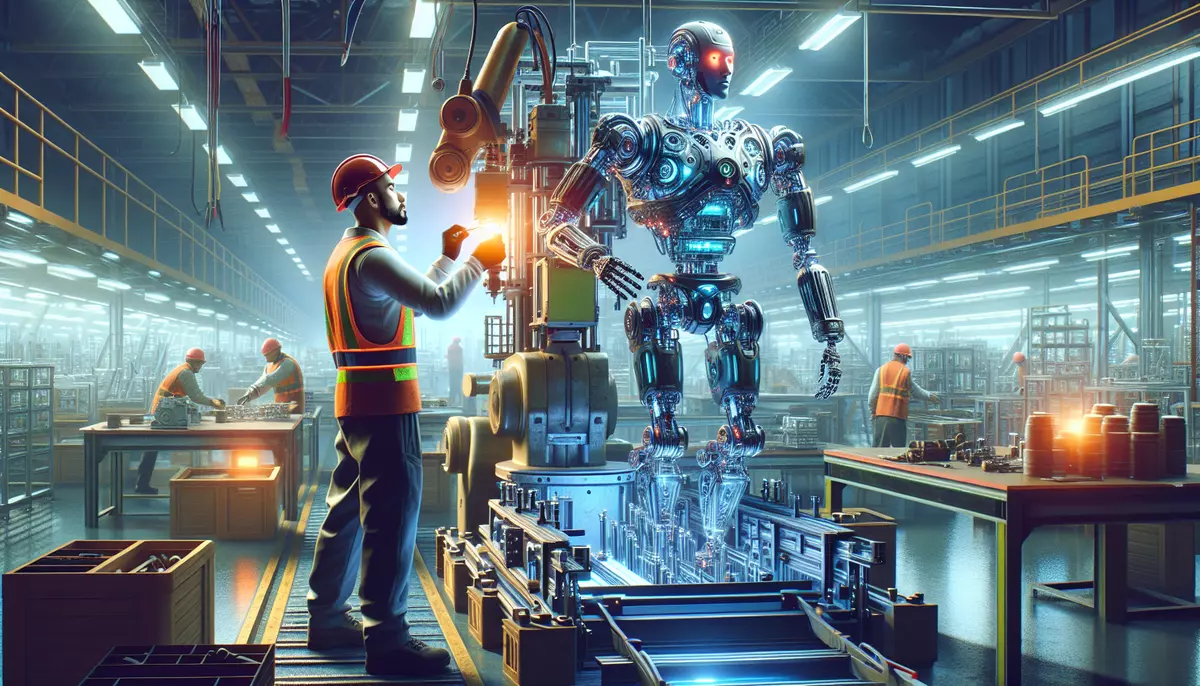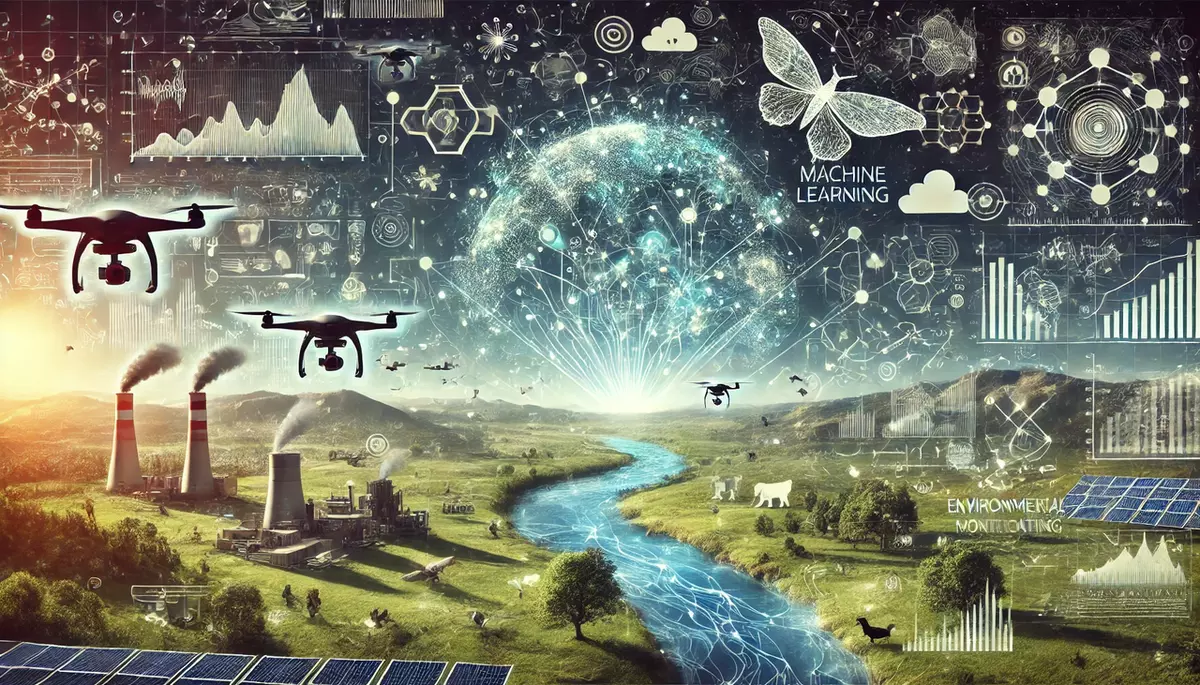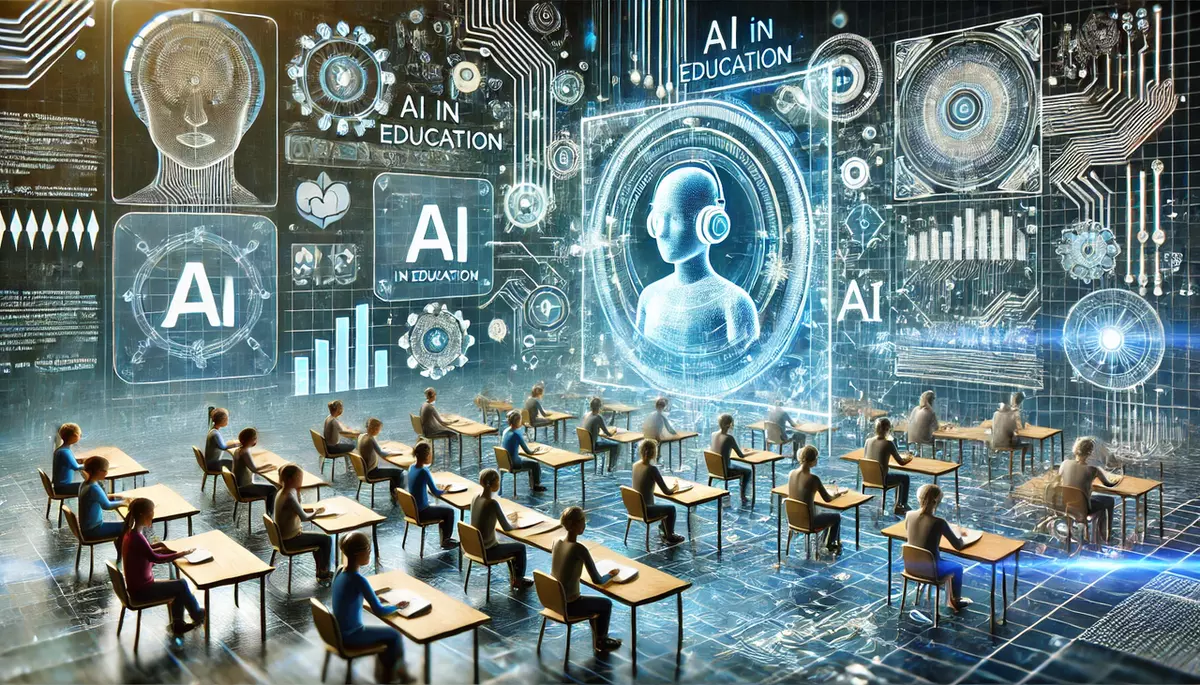Introduction
Augmented Reality (AR) is a technology that overlays digital information, such as images, 3D models, or text, onto the user’s view of the physical world. By blending virtual and real-world elements, AR enhances the user’s perception and interaction with their surroundings, creating a more immersive and informative experience.
What is Augmented Reality?
Augmented Reality is a technology that supplements the real world with computer-generated perceptual information, seamlessly integrating digital content into the user’s environment. Unlike virtual reality, which completely immerses the user in a simulated environment, AR allows users to remain present in the physical world while experiencing the added digital layer.
Key Characteristics of Augmented Reality:
- Real-time Interaction: AR systems respond to user input and movements in real-time, creating a dynamic and interactive experience.
- Spatial Registration: Digital content is accurately aligned and anchored to specific locations or objects in the physical world.
- Multimodal Interaction: AR can incorporate various input and output modalities, such as visual, audio, and haptic feedback, to enhance the user experience.
How Does Augmented Reality Work?
Augmented Reality systems typically use a combination of hardware and software components to create the blended experience. The process generally involves the following steps:
The AR System Process:
- Capture the Environment: A camera, often on a smartphone or specialized AR device, captures the user’s surroundings.
- Detect and Track: The system uses computer vision and simultaneous localization and mapping (SLAM) algorithms to detect and track the user’s environment, identifying surfaces, objects, and spatial features.
- Overlay Digital Content: Based on the detected environment, the system overlays relevant digital content, such as 3D models, text, or animations, onto the user’s view.
- Render and Display: The combined real and virtual elements are rendered and displayed to the user, typically through a smartphone screen, AR glasses, or a head-mounted display.
Example of Augmented Reality:
A user points their smartphone camera at a specific location, and the AR app overlays a 3D model of a new piece of furniture onto the empty space, allowing the user to visualize how the item would look in their home before making a purchase.
Applications of Augmented Reality
Augmented Reality has a wide range of applications across various industries:
Entertainment and Gaming:
- Mobile Games: AR-enabled mobile games that blend virtual characters and objects with the real world.
- Interactive Experiences: AR-powered interactive exhibits and installations in museums, theme parks, and other venues.
Retail and E-commerce:
- Virtual Product Visualization: Allowing customers to see how products would look in their own environment before making a purchase.
- In-store Experiences: AR-enhanced in-store displays and interactive product information.
Education and Training:
- Interactive Learning: AR-based educational content and simulations to enhance understanding of complex topics.
- Hands-on Training: AR-powered training systems for various industries, such as maintenance, repair, and medical procedures.
Industrial and Enterprise:
- Maintenance and Repair: AR-assisted guidance and instructions for equipment maintenance and repair.
- Visualization and Collaboration: AR-enabled visualization and collaboration tools for product design, planning, and decision-making.
Healthcare:
- Surgical Guidance: AR-powered visualization and guidance for medical professionals during surgical procedures.
- Rehabilitation and Therapy: AR-based rehabilitation exercises and therapies for patients.
Challenges and Limitations of Augmented Reality
While Augmented Reality offers many benefits, it also faces several challenges and limitations:
- Hardware Constraints: The performance and capabilities of AR devices, such as smartphones and headsets, can limit the quality and complexity of the AR experience.
- Occlusion and Depth Perception: Accurately integrating virtual objects with the physical environment, including occlusion and depth cues, can be technically challenging.
- User Acceptance and Privacy: Some users may be hesitant to adopt AR technology due to concerns about privacy, social acceptance, and potential distractions.
- Content Creation and Deployment: Developing high-quality, engaging AR content and deploying it effectively can be time-consuming and resource-intensive.
Future Trends and Advancements in Augmented Reality
The field of Augmented Reality is rapidly evolving, and several emerging trends and advancements are shaping its future:
- Improved Hardware and Displays: Advancements in display technology, such as lightweight, high-resolution AR glasses and contact lenses, will enhance the user experience.
- Artificial Intelligence and Machine Learning: AI-powered computer vision and object recognition will enable more accurate and intelligent AR experiences.
- Spatial Computing and 5G: The integration of 5G connectivity and spatial computing will enable real-time, high-fidelity AR experiences with low latency.
- Multimodal Interaction: Incorporating advanced input and output modalities, such as voice, gesture, and haptic feedback, will create more natural and intuitive AR interactions.
- Enterprise and Industrial Applications: AR will continue to see widespread adoption in enterprise and industrial settings, driving productivity, efficiency, and safety improvements.
Conclusion
Augmented Reality is a transformative technology that blends the digital and physical worlds, creating new opportunities for enhanced user experiences, improved productivity, and innovative applications across various industries. As the technology continues to evolve, the potential for AR to reshape how we interact with and perceive our surroundings is immense, promising a future where the virtual and real seamlessly coexist.
This knowledge base article is provided by Fabled Sky Research, a company dedicated to exploring and disseminating information on cutting-edge technologies. For more information, please visit our website at https://fabledsky.com/.
References
- Azuma, R. T. (1997). A survey of augmented reality. Presence: Teleoperators & Virtual Environments, 6(4), 355-385.
- Billinghurst, M., Clark, A., & Lee, G. (2015). A survey of augmented reality. Foundations and Trends in Human-Computer Interaction, 8(2-3), 73-272.
- Carmigniani, J., Furht, B., Anisetti, M., Ceravolo, P., Damiani, E., & Ivkovic, M. (2011). Augmented reality technologies, systems and applications. Multimedia Tools and Applications, 51(1), 341-377.
- Dey, A., Billinghurst, M., Lindeman, R. W., & Swan, J. E. (2018). A systematic review of 10 years of augmented reality usability studies: 2005 to 2014. Frontiers in Robotics and AI, 5, 37.
- Javornik, A. (2016). The mainstreaming of augmented reality: A brief history. Mobile Media & Communication, 4(2), 198-213.

